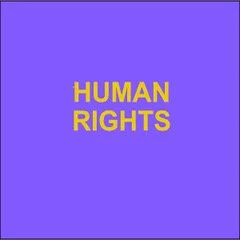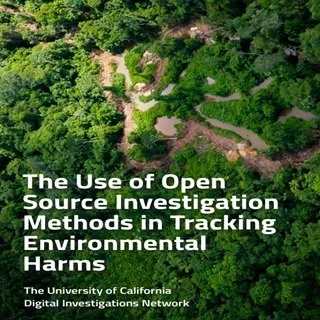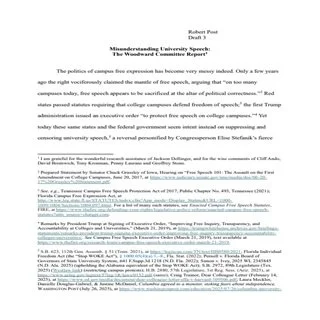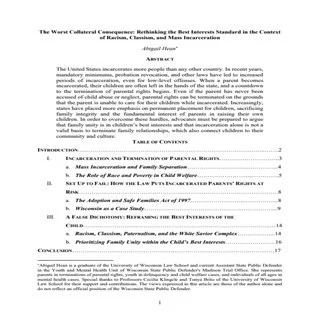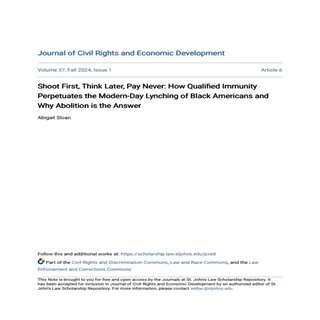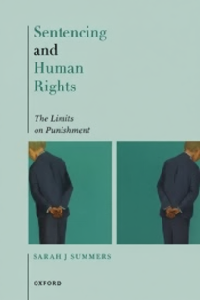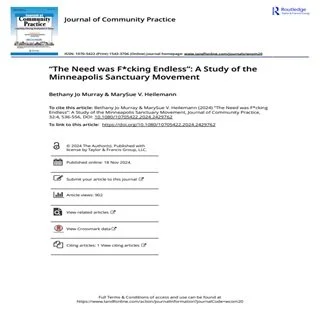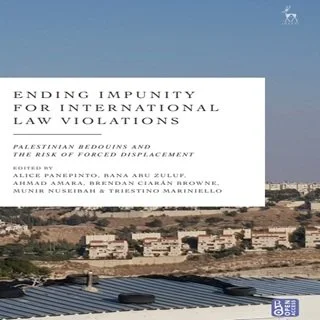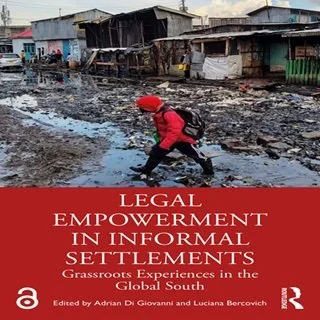By Shane Tas
Background : This research project has been commissioned and supported by the Victorian Government as part of its commitment to help further develop effective strategies for preventing violence against women in Australia as articulated in Free from violence: Victoria’s strategy to prevent family violence and all forms of violence against women. In recent years there has been an increasing focus on masculinities and engaging men in the prevention of violence against women. Men are a significant part of the problem, that is, it is primarily men who perpetrate violence against women. Efforts to prevent this violence must include both a specific conceptual focus on men and masculinities as well as a practical focus on engaging men. This evidence review seeks to build on existing primary prevention knowledge and work by developing a deeper understanding of the links between masculinities and violence against women and ways to engage men and boys in prevention efforts. International and national research shows that dominant forms and patterns of masculinity and, in particular, men’s rigid attachments to these forms, help to drive violence against women. These dominant forms include the particular attitudes, norms, roles, practices and structures that men are expected to conform to, display and participate in. This review provides an overview and critical discussion of the scholarship on masculinities in order to understand the dynamics of contemporary masculinities. Further, it reviews the international and Australian research on men, masculinities and violence against women to help understand the links between dominant forms and patterns of masculinity and violence against women. It draws out the implications of the literature for prevention work by suggesting how challenges to harmful forms of masculinity and the engaging of men in prevention efforts can help reduce and prevent violence against women. Key findings and conclusions In line with existing research on the prevention of violence against women, this review found there are differences in how men and women perpetrate and/or experience violence, with the majority of violent acts – including physical, sexual, financial, emotional and cultural forms of violence – overwhelmingly perpetrated by men. Women who experience structural inequality and other forms of discrimination, such as racism, classism, ableism, homophobia and colonialism, are most likely to experience violence at the hands of men and suffer severe impacts due to this violence. These findings highlight the importance of further developing and implementing work that focuses on men and masculinities in efforts to prevent violence against women. The review found that rather than focusing only at the individual level, or seeking single-factor explanations, prevention efforts require a comprehensive focus on how masculinities and gender inequality operate at all different levels of society. It concludes that prevention efforts should aim to be gender transformative. That is, to actively challenge dominant forms and patterns of masculinity that operate at and across structural, systemic, organisational, community, interpersonal and individual levels of society. A deeper conceptual understanding of masculinities and how they work is therefore integral to prevention work. The research shows masculinity to be a social construction, one that shifts and changes over time and place. Scholars describe masculinity as multiple and situational. The majority of men do not conform to one single model of masculinity, nor do they perform masculinity in the same way across different contexts. Further, masculinity intersects with other axes of identity and social location, such as race, class, sexuality, religion, ability and age, to produce multiple masculinities and different experiences of being a man. This means that dominant forms of masculinity intersect with gender inequality and other structural inequalities and forms of disadvantage to help shape men’s violence against women. This points to a need for prevention work to employ frameworks that emphasise masculinity as being multiple and situational and that capture these complexities. In particular, a focus on intersectionality and on structural-based approaches is important for understanding differences among men and how these differences shape men’s violence against women. Further, this emphasis highlights the limitations of approaches that are essentialist and binary-driven – approaches that rely on, uphold and naturalise the gender binary. Such approaches can impede prevention efforts that seek to challenge gender norms, structures and practices, and can also exclude and negatively impact trans, gender diverse and intersex people. Although masculinity is described as plural and situational, research shows there are dominant forms and patterns of masculinity that men are expected, and sometimes pressured, to adhere to and support. These work to maintain an overall system of gender inequality – that is, the power men as a group have over women as a group – and they also help to drive violence against women. Men who form rigid attachments to the norms and expectations of masculinity are more likely to demonstrate sexist attitudes and behaviours and to perpetrate violence against women – especially when their masculinity is challenged or when they find it difficult to live up to these standards. Men who experience social discrimination and disadvantage may also rely on dominant forms of masculinity, including expressions of aggression and violence, to assert some measure of control or power in their lives. These norms and behaviours of masculinity are central to male peer relationships and can provide ways for men to relate to each other and demonstrate or ‘prove’ their manhood. They are often promoted and maintained in a range of sites and settings. This includes settings in which large groups of men engage, such as male-dominated workplaces or settings where violence and aggression are commonly supported, legitimised and explicitly associated with masculinity – the military or highcontact sports, for example. It is therefore necessary to unpack and challenge these dominant forms of masculinity in order to help prevent violence against women. The research points to and outlines a number of promising approaches, both for the broader prevention work that aims to address masculinities and for initiatives that seek to directly engage men and boys. The review provides an overview of key programs and initiatives as highlighted in the literature and examines the specific strategies and approaches commonly employed by policy makers and practitioners. Many of these are education-based, and are delivered through direct participation programs and curriculums and through media campaigns and initiatives. These aim to increase men’s awareness, encourage reflection, and build their knowledge of and capacity to actively challenge dominant forms of masculinity to help prevent violence against women. The review suggests that well-designed programs and initiatives that effectively engage men and boys to reflect on and challenge dominant forms of masculinity can contribute to the reduction and prevention of violence against women. It notes the limitations of a ‘one size fits all’ approach, and advocates for the use of multiple strategies across all different levels of society. It also recommends a range of different and tailored strategies be used to engage different groups of men in ways that are meaningful and relevant to those audiences. Further, it highlights a number of key settings and contexts that offer opportunities to engage men or boys in different ways – for example, in education, in sports settings, in workplaces, or in men’s roles as fathers. For men who experience structural/social discrimination and disadvantage, strategies should be community-driven, culturally relevant and should avoid alienating these men and/or reinforcing the structures and discourses of discrimination that impact them. The review notes that to date, few initiatives have been comprehensively evaluated. There is a lack of up-to-date data that measures the effectiveness of initiatives which seek to engage men and boys in prevention efforts, particularly in an Australian context. An increased focus on evaluation to measure and monitor the impact of this work is critical.
Melbourne: Our Watch, 2025. 126p.

